


One in three of use will get cancer. Not a good statistic. So we look at ways of preventing it and take advantage of screening where we can.
For we ladies, that means three-yearly mamograms once we get to a certain age. But what if a mammogram isn't good enough? For those with dense breast tissue, tumours are often hidden so go unnoticed until it is too late.
Here, Cheryl Cruwys explains what dense breast tissue is and shares her experience.
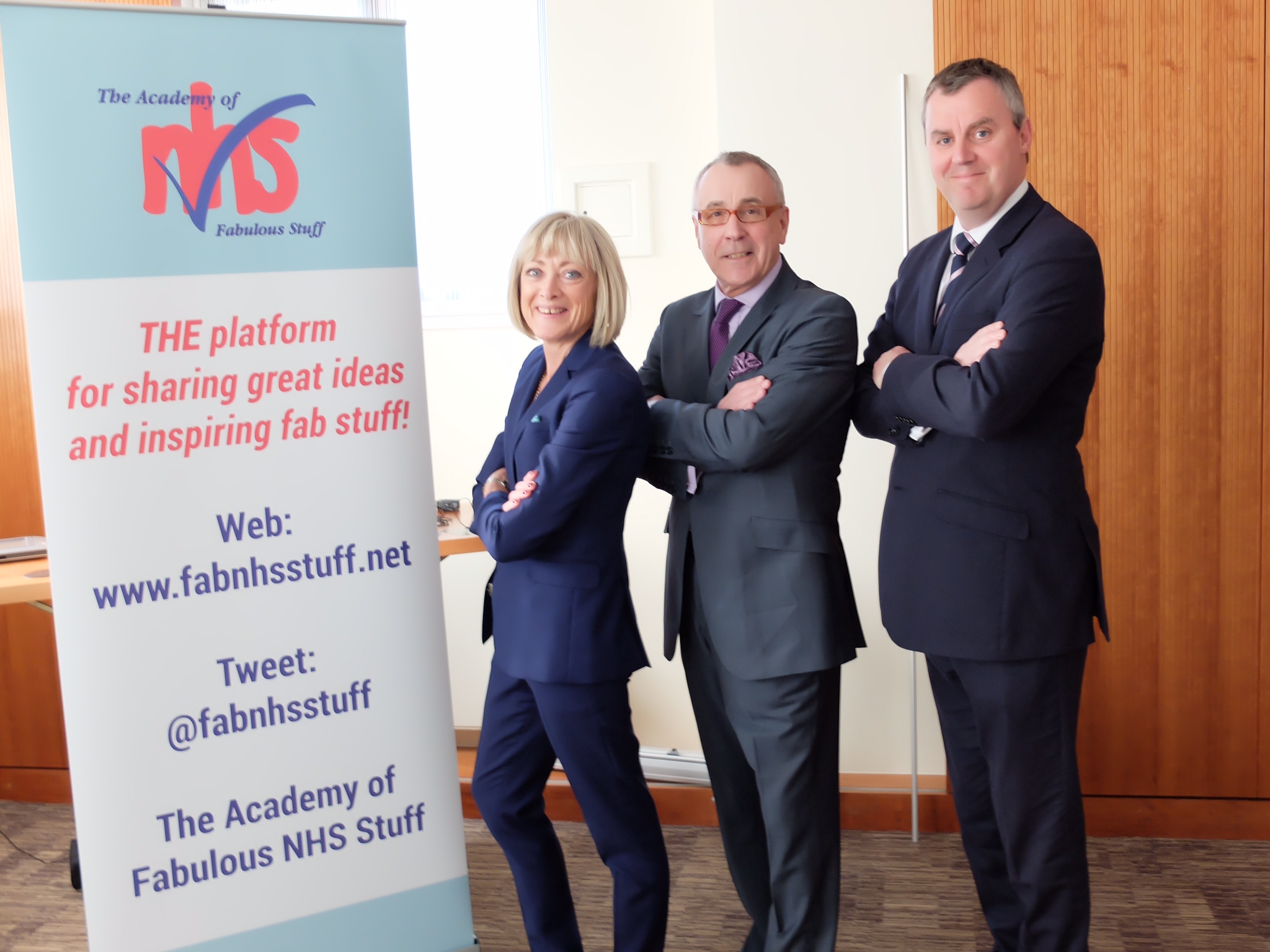
You've done it again! Not content with merely trying to deliver a service in the face of swingeing cuts, more patients and less staff, you've been innovating, creating and generally making life easier for your patients.
So in what looks like becoming the annual 'must be there' event, awards were presented to those of you whom your peers had decided were worth a prize!
In issue 13, we presented some of the winners' stories. Here we present the rest.
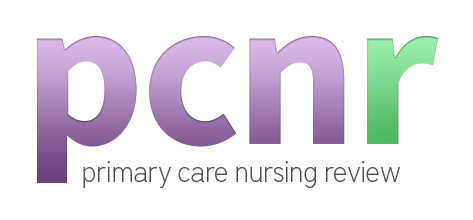
Social prescribing is really a thing! Initially dismissed as a construct for those patients no-one knew what to do with, the benefits are begining to show.
Whether it's swimming or a language class, simple options can reap amazing health outcomes.
In this article, first published on the Health-Care Arena website (https://healthcare-arena.co.uk) and reproduced with kind permission, Dr Dinah Parhams outlines what it is and how it works.

This article, written by Michael Withers and reproduced with kind permission of HealthCare Arena, explores how working with the AfPP, the concent of 'learning from 'never-events' in the operating theatre was introduced.
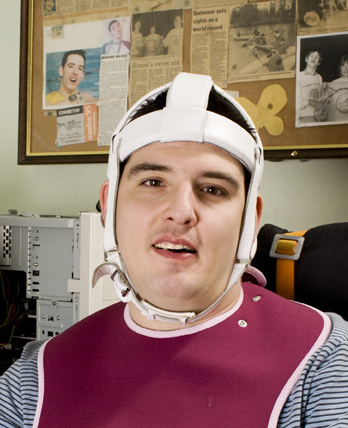
Hearing about a user's experience 'straight from the horse's mouth' can be hard; after all, none of us would like to think that we haven't quite delivered what the user was expecting, or the care that we delivered was left wanting. And perhaps for many of us, accepting that people with a long-term condition or disability who are managing perfectly at home do not necessarily want to reliquish their independence fully in during an 'illness' episode, is difficult.
But both are important in order to prevent dissonance between user and nurse expectations.
In this article, Simon Stevens shares his thoughts.

You've done it again! Not content with merely trying to deliver a service in the face of swingeing cuts, more patients and less staff, you've been innovating, creating and generally making life easier for your patients.
So in what looks like becoming the annual 'must be there' event, awards were presented to those of you whom your peers had decided were worth a prize!
Here is a selection of the winners - the remaining fabulous people will be featured in the next issue.

Self administration of medicines by inpatients: are we making any progress? This was a question was posed in a 2013 article by a group of physicians. Frank thinks not so much; read what he has to say.

In Issue 7, we featured an article about ovarian cancer (https://pcnr.co.uk/articles/207/ovarian-cancer-what-you-need-to-know)
I adapted and added to this article for the Health-Care Arena website (https://healthcare-arena.co.uk/dying-of-embarrassment-why-young-women-are-developing-ovarian-cancer/). We are reproducing it here, with permission from HC-A, to mark #CervicalCancerPreventionWeek

It’s that time of year – parents are sending their offspring to university, worrying how said child is going to cope with washing, ironing, cooking and hangovers. What rarely crosses their mind is the possibility of meningitis.
This article, first published on the HealthCare Arena site (https://healthcare-arena.co.uk/ipad-teddy-bear-menacwy-vaccination-university-essentials/) outlines what to look out for and why prevention is so important
In recent years, lymphoedema has come to prominence as a key issue for the NHS.Accelerate CIC, an established specialist lymphoedema provider in Tower Hamlets since 2008, launched a new model for providing Community Lymphoedema Services to patients across Hackney. This is their story.
The concept of skin failure, particluarly at the end-of life, has gained some traction in recent years. Here, Dr Jeffrey Levine MD suggests that it is a clinical syndrome and may be a contributory factor to unavoidable pressure ulceration.
This is an abridged version of an original article: Levine JM. Skin Failure: An Emerging Concept. Journal of the American Medical Directors Association. 2016; 17: 666-669. Available at: http://www.jamda.com/article/S1525-8610(16)30054-8/pdf
This summary article is reproduced with kind permission of Dr Levine
Some see the use of external (non-NHS) providers as a BAD Thing for the NHS. However, in this article, Nic Parkes, Senior Communications Manager for Virgin Care, outlines how after winning the contract to provide community services in Surrey, worked with nurses and GPs to improve care delivery and communication.
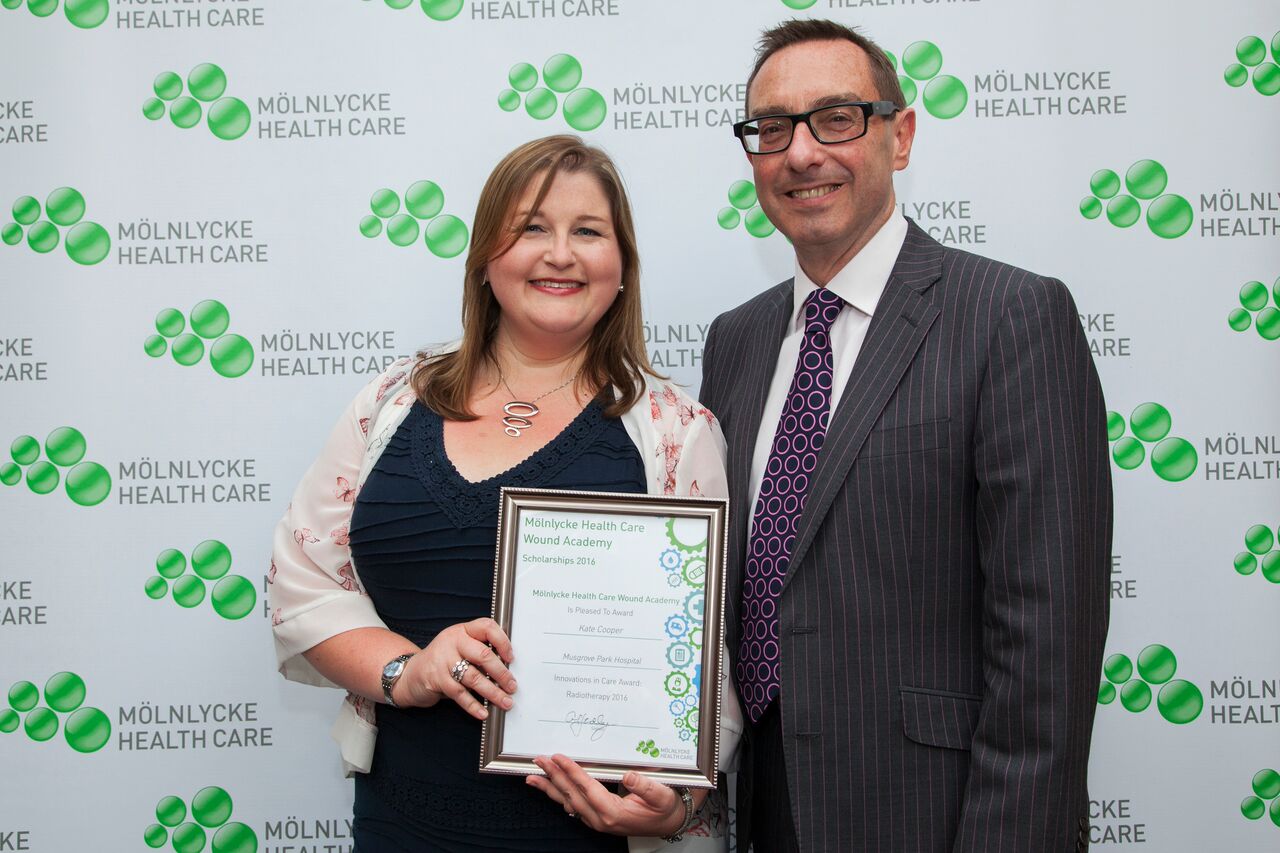
In the last issue, we presented the 2019 Molnlycke Wound Academy Scholarship and Award Winners. Here is Kate Cooper's winning entry for the Innovations in Care (Radiotherapy) Award. While we would usually place the winning entries into the Out of the Ordinary section, as this was such a good case study, we wanted to include this in Practice. So we did.
One of the side effects of breast cancer surgery is limb lymphoedema. However, patients who have undergone breast-sparing surgery but with some lymph-node removal can develop breast oedema, which is less well-known.
This article is a précis of an original article. PCNR would like to thank the publishers for their kind permission to produce this article.
The NHS is facing increasing demands to provide excellent care with fewer resources. This article outlines the authors worked together with a colleague to develop a set of product criteria that they consider wound dressings should meet in order to include on their WMFs.
The work that the authors have undertaken dovetails with the work currently being undertaken on the development of a suggested national wound formulary. Indeed, it has been seen by a member of the working group who is taking it to them for consideration for use in their processes.

Those of us aged over 40 are probably more used to using pen and paper to communicate. However, with age comes a noticable failure in memory - sometimes we are simply too busy to remember appointments, or indeed, to remember to look in our diaries. So a system that can send us reminders via mobile phone can only be a good thing.
Here, Joan Pons-Laplana outlines his experiences with Flo Telehealth.

In the last issue (Issue 9: http://https://pcnr.co.uk/articles/258/oh-what-a-circus-oh-what-a-show-) we reported on the Academy of Fabulous NHS Stuff Awards, held in November last year. We also featured two of the winning entries.
Here, we show-case the other award winners.

In the last issue (Issue 9: http://https://pcnr.co.uk/articles/258/oh-what-a-circus-oh-what-a-show-) we reported on the Academy of Fabulous NHS Stuff Awards, held in November last year. We also featured two of the winning entries.
Here, we show-case the other award winners.

In my recent editorial ‘In, Out, Shake it All About’ (Issue 8: https://pcnr.co.uk/articles/249/in-out-in-out-shake-it-all-about), I postulated that the revalidation process was likely to be a bit unwieldy. On a personal note, as I am self-employed, I was worried about finding someone to have my reflective discussion with and someone to sign off all the paperwork. Fortunately, a colleague came to the rescue and offered to do both jobs (see, a nurse multi-tasking again).
In return, I agreed to write about my experience of revalidation. So here goes…

Unless you have been up in the International Space Station for the past two years, you won't have escaped the bru-haha around 'safe' staffing numbers. First NICE was working on a model, then they weren't, someone else was going to do it...
However, while various organisations, including the DH, were spatting over this, Ann Marie Riley, Caron Swinscoe, and various other innovative people came together to produce a model of staff for their organisation.
Then they made it into an App...

Negative Pressure Wound Therapy (NPWT) has been used in the managment of open and chronic wounds since the 1970s. And it has been shown to be very effective. But does it have a role in the prevention of incisional wound breakdown?
In this article, first published on the Health Care Arena website (http://www.healthcare-arena.co.uk), and reproduced by kind permission, outlines work in this exciting area.
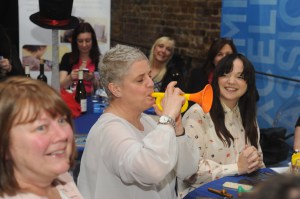
You've read about the lunch and the winners...
Here, we look at two winner's projects in a bit more depth
The rest will be featured in the next issue

It's here.. yes, social media is now a part of our lives and like it or hate it, it can be a force for change in practice.
In this article, first published on the Health Care Arena website (http://www.healthcare-arena.co.uk), and reproduced by kind permission , outlines work in this exciting area.

You may remember in the last issue of PCNR we carried an article about the dangers of polypharmacy, particularly in the elderly (https://pcnr.co.uk/articles/232/problematic-polypharmacy-the-drugs-don-t-work-they-just-make-you-worse).
In this article, Frank Booth shares his experience and cautions health professionals.
October the 12th of this year marked the 20th World Arthritis Day. Currently, around one in seven people in the UK currently live with arthritis and this figure is expected to rise to one in four in the next 15 years.
This article by Dr Wendy Holden, outines how the charity Arthritis Action helps those with the condition and how you can help your patients who have arthritis.

Exudate management is one of the most challenging aspects of wound care. In this article, Sylvie Hampton outlines why managing exudate is important and how dressings contribute to effective healing.

For most of us, discussing anything to do with our bowels will only happen when hell freezes over. But the state of our stools should be talked about in order to prevent constipation and/or its associated complications.
In this article, Frank Booth outlines prevention and management strategies.
For many patients, particularly the elderly, multiple comorbidity management requires many different drugs. In this article, Dr Aisling Koning outlines the issues of polypharmacy.
This article was first published on the Health-Care Arena website and has been produced by kind permission of Pentland Medical.
This case study, adapted from Rosemary Rose's Molnlycke Wound Academy Scholarship and Awards winning entry, suggests that negative pressure wound therapy (NPWT) and allogeneic keratinocytes can be used successfully as an alternative to a skin graft to heal full thickness skin loss head wounds.

Using suction to remove toxins or to stimulate wound perfusion is not new. However, the therapeutic use of mechanical negative pressure for wound management has developed exponentially over the past three decades, with a consequent rise in the number of therapies available. In this article, Sylvie Hampton guides us through the use of negative pressure.

Ovarian cancer is the fifth most common cancer affecting women in the UK, with 7000 new cases diagnosed each year. It is the biggest gynaecological killer, resulting in 4300 deaths annually; this is more than cervical and womb cancer combined.
For women diagnosed in the UK, prognosis is poor - the 5 year survival rate is 43%. To improve survival rates there is the need to improve the recognition of symptoms, understand those who might be at a high risk of developing ovarian cancer and speed up diagnosis and referral to secondary care.
In this article, Ovarian Action, a charity advising and caring for women with ovarian cancer, outlines the important role nurses can play in improving survival rates by raising awareness of the symptoms amongst patients and the general public in the primary care setting, and includes a case study of one woman's experience.

Gout is generally considered to be somewhat of an old-fashioned disease, conjouring up images of crusty and grumpy old colonels with very large bandages on their foot.
Unfortunately, 21st century life-styles and diets have seen it making something of a 'comeback'. In this article, Frank Booth outlines the signs and symptoms and provides a personal view of his experience.

There cannot be many of you who haven't heard about Dr Kate Granger and her Twitter campaign #hellomynameis. I recently had the pleasure of listening to Kate speak. It was depressing to hear of her experiences. After all, if nurses can't even be bothered to communicate with their patients, what hope is there is instilling confidence?
In this blog, Kate outlines why she started the campaign and what has grown from it.
In September 2014, the Lindsay Leg Club Foundation (LLCF) was awarded a grant by the Department of Health to produce and disseminate a Compendium of Best Practice from within the large network of Leg Clubs currently operating in England. The idea behind the project was to understand, co-ordinate and summarise the best practices undertaken by the volunteers, nurses and members who attend the Leg Clubs every week, and to share that information among Leg Clubs, and the healthcare community at large. This article reports on the outcome.

Exudate management is a challenge in chronic wound healing. Too much will delay healing, as will too little. But how much is too much? Do we fully understand what it does? In this article, Sylvie Hampton provides some answers.

You may remember that we featured Helen Mountford's winning Molnlycke Scholarship entry, in issue 2. Then, in issue 3, we carried an article about Acorns Hospice, Helen's place of work. In this issue, Helen outlines how she and the team have developed a wound care prevention and management programme for children.

In part two of this overview of diabetes, Frank gives a svery simple summary of treatments and shares his experiences of diabetes.
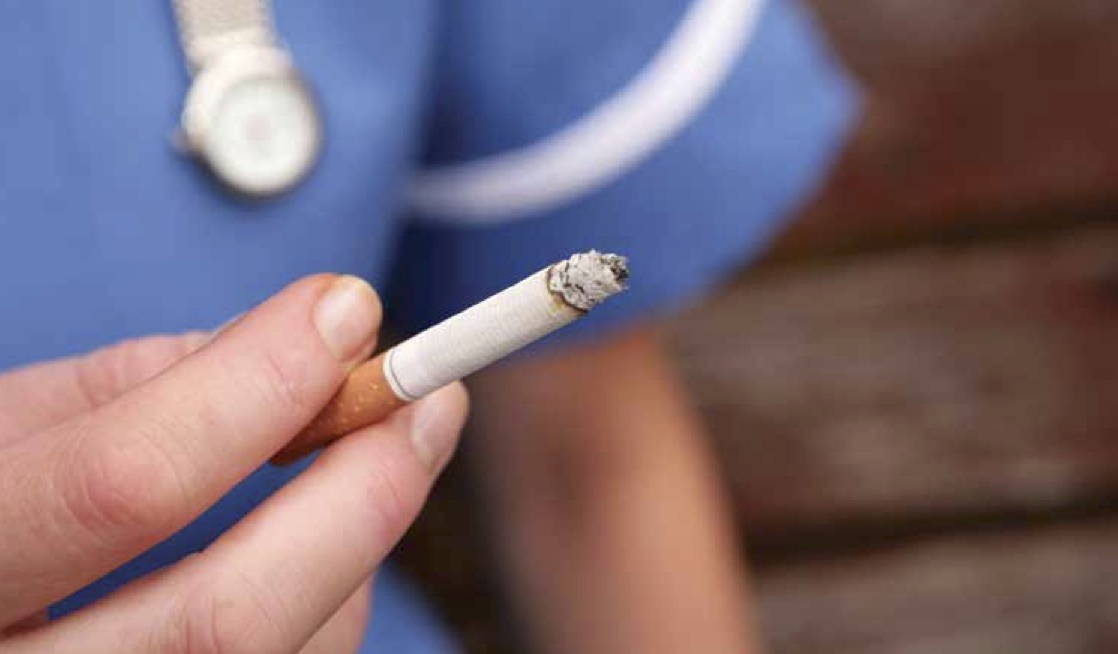
An in-house stop smoking service at King’s Health Partners, targeting NHS staff, has achieved an impressive 60 per cent quit rate at four weeks. Jo Carlowe finds out how they did it.
(Original article published in The Advisor Spring 2015.)

It is possible to eat, drink and be merry without overdoing it. In this article, Victoria Taylor offers her tips for eating out and/or partying, which help look after your heart and waistline.

It is theorised that nurses are sometimes afraid of compression due to lack of education, inexperience or inability to obtain necessary equipment. Nevertheless, there are simple methods of assessment and use of compression; in this article, Sylvie Hampton will attempt to guide the nurse with less experience in how to assess and use compression safely and with confidence.

Diabetes has a world-wide reach and prevalence is increasing. But how much do we know about it? In this article, the first of two, Frank Booth outlines types and causes of diabetes. In the second article (Issue 6 PCNR), he explores these factors in greater depth and presents his own view of living with diabetes.
A large part of neuropsychiatry consists of medicines management. Patients may have been prescribed medicines for signs and symptoms which turn out to have no physical cause. Psychoactive drugs tend to need careful management, so there is often a lengthy process of weaning off one drug whilst introducing new ones (whose dosage needs titrating), all the while monitoring the patient carefully.
Changes in prescriptions may take some time to filter down to the pharmacists, who might continue to dispense repeat prescriptions for a lengthy period before they become aware of any changes. This article outlines how one nurse found a simple answer to this problem.
Incontinence Associated Dermatitis (IAD) is challenging to both identify and manage. The damage associated with IAD occurs when a patient’s skin is exposed for prolonged periods to sweat, urine, faeces and exudate. This article discusses IAD and provides case studies in which a barrier cream has proven effective in the management of these lesions.

The roles of nurses, midwives and care staff have significantly changed in recent years. We have learned new skills and our responsibilities have increased accordingly. This has presented some challenges. This article describes how the 6Cs can help guide staff.

Generally speaking, most clinicians know something about heart failure, even if it’s only the obviousness of the words. Rarely do you have the opportunity to experience catastrophic heart disease and survive to tell the tale. This article, written by a retired nurse and patient, explains in a very personal way, how you can and should make a difference to your patients, and asks you to be confident that you can make a patient’s life better.

This article gives a brief overview of hyperhidrosis, a debilitating condition affecting at least 1% of the population. Any part of the body may be affected, such as the face, head, neck, back or groin; but most commonly the hands, feet and axillae are the primary concern.
Children’s allergies such as cow’s milk allergy (CMA) are on the increase. Maureen Jenkins, Director of Clinical Services at national charity, Allergy UK explains what symptoms to look out for in common allergic conditions, thereby epediting diagnosis and management.
Faecal Incontinence can effect between 1% and 10% of adults, depending on the frequency and definition faecal incontinence used. It is likely that 0.5–1.0% of adults experience regular faecal incontinence that affects their quality of life. This article gives an overview of the problem and highlights some actions that nurses can take to manage this.
Skin tears are described as traumatic wounds that result from a separation in the two principle layers of the skin, the dermis and epidermis. While the STAR (Skin Tear Audit Research) tool classification of skin tears is helpful, it was recognised that wide variations in practice occur; in an attempt to address this, the International Skin Tear Advisory Panel (ISTAP) was established. Here, Annie Clothier reviews the skin tear guidance the group produced.
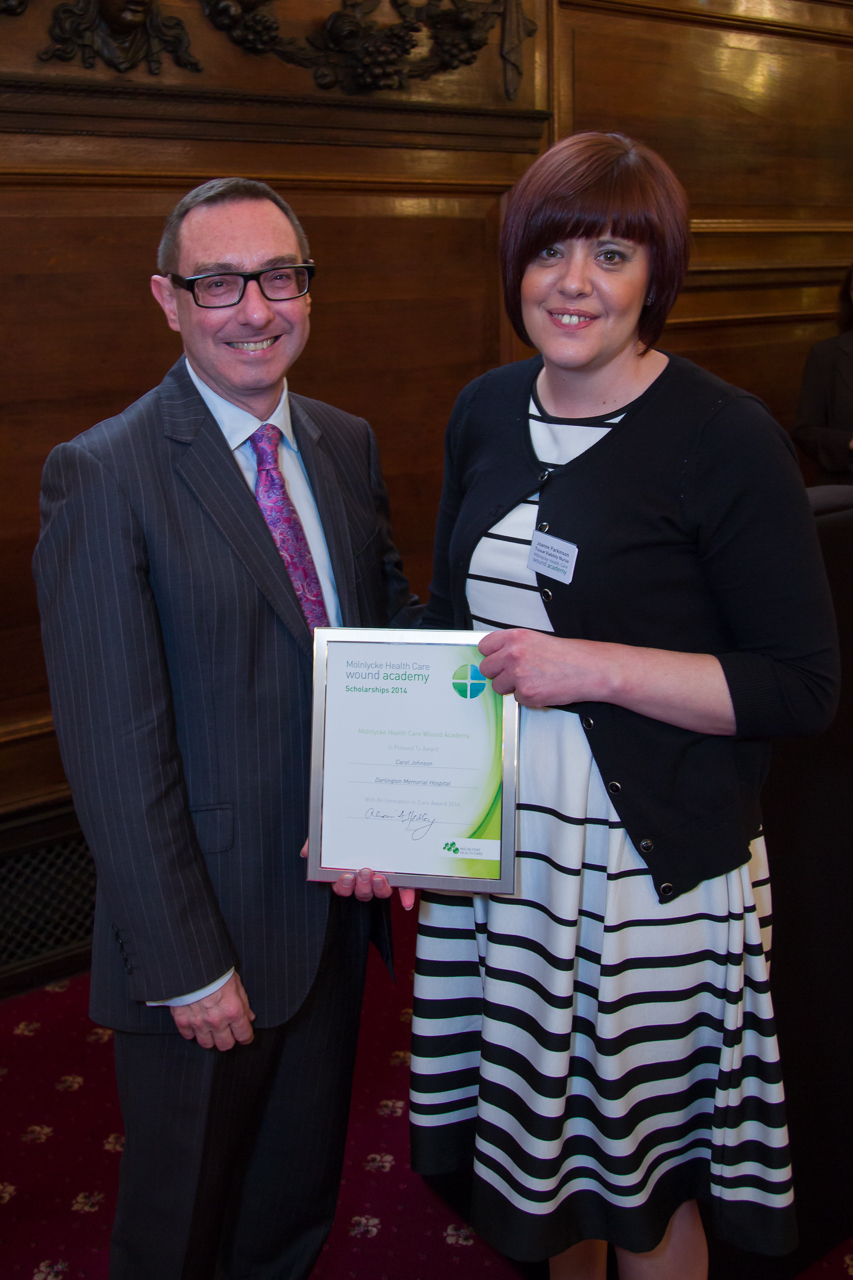
This article, an entry in the Mölnlycke Health Care Scholarship and Awards, outlines a study proposal which will explore the use of a wound dressing as a prophylaxis against pressure ulcer development in patients undergoing spinal anaesthesia for an orthopaedic procedure.
Urinary catheterisation is as old as the hills, affects thousands of people a year and costs millions of pounds. And yet patients continue to suffer catheter associated urinary infections (CAUTI), or experience discomfort during the procedure or while the catheter is in situ. Add to this the fact that primary care workloads never get lighter, and it would seem obvious that this most basic of all procedures should be simple. So, refreshing one’s knowledge base can only help.
Lymphoedema is frequently misunderstood and thus mismanaged. This article, taken from the document ‘Best Practice For the Management of Lymphoedema – 2nd Edition: Surgical Intervention – A position document on surgery for lymphoedema’, outlines the causes of this disease, its classification and progression and the signs to be aware of.
The cornerstones of lymphoedema management as outlined in the literature include:
Compression bandaging plays a central role in the management of all forms of chronic oedema and lymphoedema.
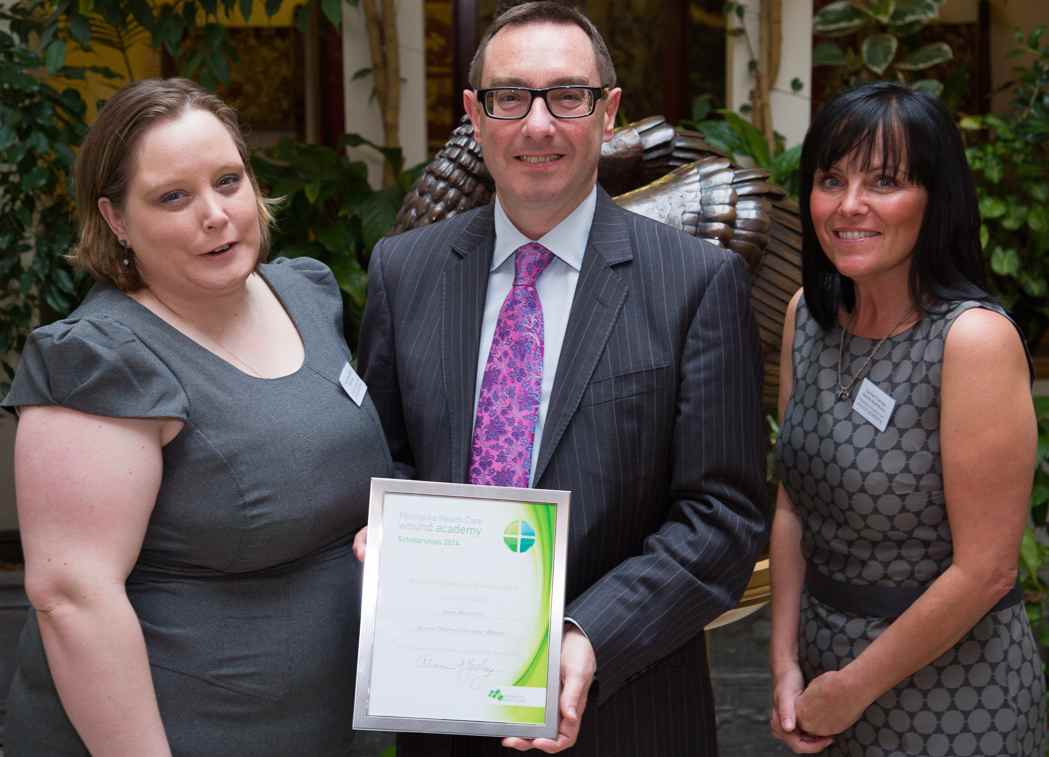
Patients receiving end-of-life care are susceptible to pressure ulcers and other wounds. However, all too often, these are viewed as untreatable as it is unlikely that they will heal. In this article, Helen Mountford, the 2014 Mölnlycke Wound Academy Scholarship winner, outlines why wound care is important in paediatric end-of-life care, her work in this area to date, and what she hopes to achieve as a result of winning the Scholarship.
A substantial increase in the number of residential home patients referred to the Integrated Community Team (ICT) for pressure ulcer management highlighted the need for ongoing improvements in care standards with these homes. In response, a project was defined with the specific aim of enhancing the standard of care within RHs. This article, adapted from a poster presented at the European Wound Management conference 2014, outlines a collaborative initiative between the Tissue Viability Service, Basildon ICT, and Smith & Nephew.
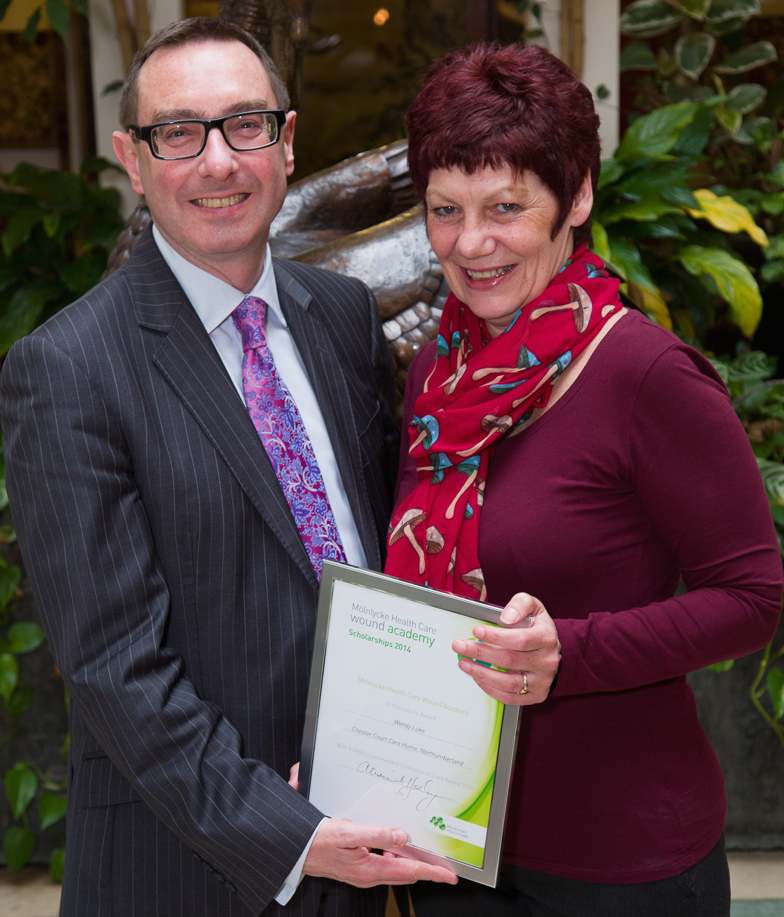
In this case-study, the highly commended entry in the Molnlycke Wound Cademy Scholarship and Awards, Wendy Luke outlines the care of a patient with Chronic Obstructive Pulmonary Disease. It shows how Wendy and the team had worked together to find a suitable dressing that would both maintain the seal on her ventilation mask, and allow treatment to be applied to the small pressure ulcer on her face.
Mepitel One as a primary dressing was used as it could be removed without pain or trauma. The wound healed, and the patient continue to use the dressing prophylactically.
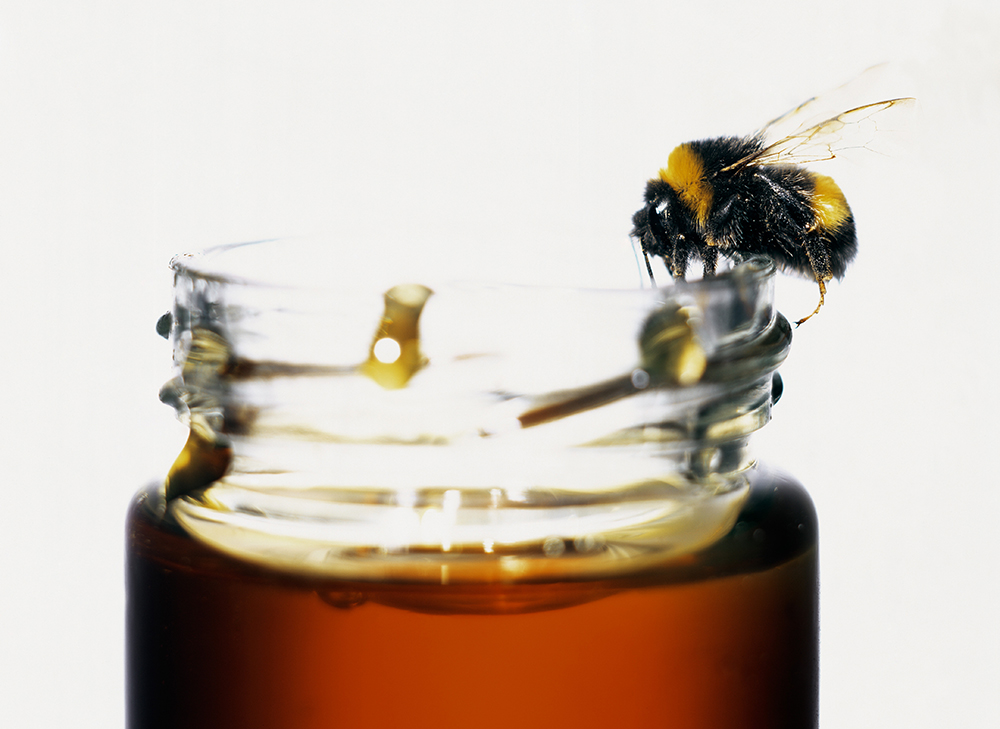
Although honey has been used for wound/infection management for millennia, it was only ‘rediscovered’ as a topical antibacterial agent in 1892. Ian Staples explores the benefits of this remarkable treatment.
Alan Jackson looks at the problem of healthcare and obesity and asks how nurses can find the time to help people lose weight when the overwhelming emphasis is on essential care for their primary condition.
In light of literature which suggests many patients are unable or unwilling to follow self-care activities, Annemarie Brown looks at how post-ulcer healing interventions should focus on minimising recurrence and enabling patients to adapt their lives to living with chronic venous ulceration (CVLU).
Community nurses play a crucial role in the primary health care team, particularly for people with dementia who may be living at home but find it harder to get out of the house for health care appointments. As well as providing direct care, community nurses also have a teaching role, working with patients to enable them to care for themselves or educating family members. Community nurses play a vital role in keeping hospital admissions and readmissions to a minimum and ensuring that patients can return to their own homes as soon as possible.